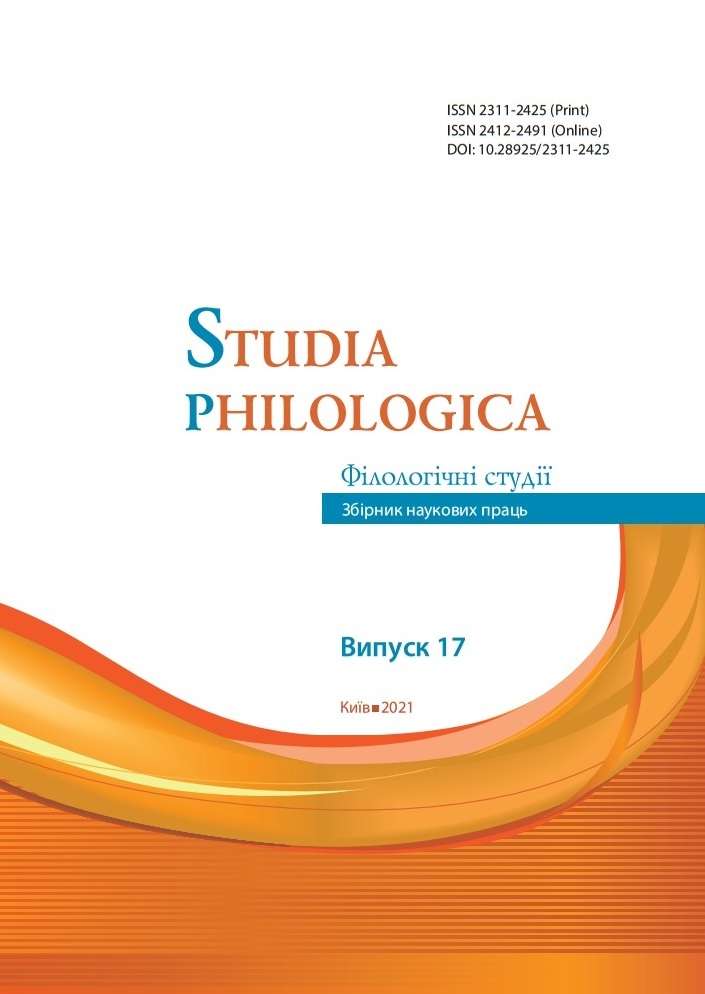Wie Feuer und Wasser: differences and similarities of similes in the German and Ukrainian languages
DOI:
https://doi.org/10.28925/2311-2425.2021.175Abstract
The paper focuses on the main features of similes in the German language as well as the translation issues related to them. The comparative analysis of similes in the German and Ukrainian languages has been carried out to reveal the structural and semantic aspects of similes resulting in extended typology of similes in the German language. The analysis of the corpora of similes in the German and Ukrainian languages has demonstrated the presence of both similar and divergent semantic features inherent in them which stem from differences in mentalities of Germans and Ukrainians. Unique, specific fixed similes are observed in the in the idiomatic space of the German language. Similes can be rendered into the target language by the fully equivalent units, partial lexical equivalents, analogous counterparts, word-for-word patterns. The article pays special attention to the educational issues for foreign students to study German similes. Studies of similes extend to functioning of such units in the modern German language as some of them have turned to be outdated, got transformed, or changed their denotative meaning. The article confirms that similes as a special part of phraseology are productive, topical, valuable in terms of communication, as well as open for development. The research can result in compiling a dictionary of similes which will facilitate the studies of lexicology, stylistics, cultural studies, and practical course of translation for students specializing in German or those learning German as a second foreign language.
Key words: comparative expressions, simile, fixed similes, metaphoric intensifier, translation of German similes, German lexicology, German stylistics, cultural studies of Germany, differences and similarities of similes in German and Ukrainian, image.


